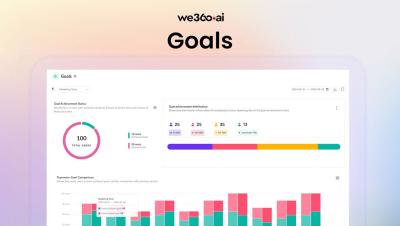Top 10 Online B2B Websites For Buyers And Sellers Worldwide
In this fast-paced digital world, businesses all around the world are going through significant changes to keep up. The landscape of B2B has changed drastically since the initiation of online marketplaces with streamlined operations. These online marketplaces have emerged as powerful tools of engagement. These marketplaces have introduced advanced and innovative ways to connect buyers and sellers together under a single roof.








